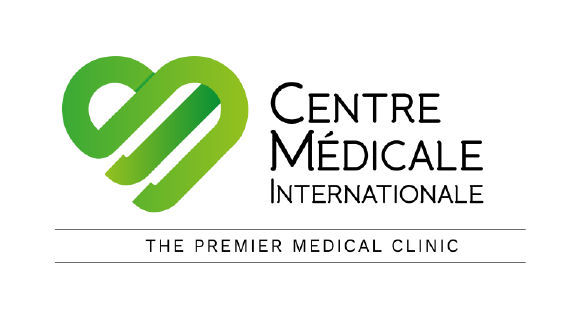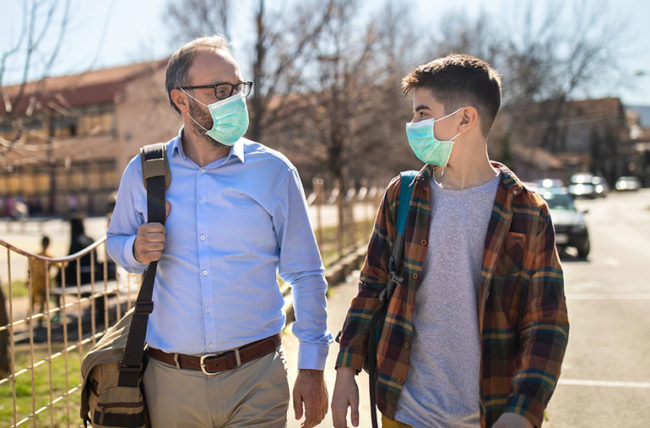Your Treatment Plan & Lifestyle Changes
Your Treatment Plan & Lifestyle Changes
Your Treatment Plan
Work with your health care professional on an agreed upon plan that works best for you and your family. For support, encourage your whole family to join you in your heart-healthy lifestyle.
This includes:
• Making sure you understand what cholesterol is and how to manage it.
• Knowing your risk for heart disease and stroke and how to reduce it.
• Not smoking.
• Eating a heart-healthy diet.
• Getting enough physical activity.
• Reaching and maintaining a healthy weight.
Talk to your health care professional about your blood pressure and blood sugar to make sure they are in check or managed properly too.
Take your medications safely.
• Follow your health care professional’s instructions.
• Never stop taking your medications unless your clinician instructs you to.
• If you find yourself missing or not using your meds, talk to your health care professional.
• Take your medications at the same time each day.
• Read the labels on your medication bottles carefully.
• Use a pill calendar or reminder app.
Working With Your Health Care Professional
Your health care professional is there to help you reach your health goals, including keeping your cholesterol at healthy levels. Work closely with your clinician to make the best decisions for you, and then stick to the plan. Making decisions together is the best way to create a treatment plan you’ll be more likely to stick to. Take part in making decisions about your health together and asking the right questions. If you don’t understand something, ask for further clarification.
How Can I Improve My Cholesterol?
Eating a heart-healthy diet can help you improve your cholesterol and reach and maintain a healthy weight and blood pressure.
The following tips can help you get started.
What should I eat?
Focus on eating foods low in saturated and trans fats such as:
• A variety of fruits and vegetables.
• A variety of whole-grain foods like whole grain bread, cereal, pasta and brown rice. At least half of the servings should be whole grains.
• Fat-free, 1% and low-fat milk products.
• Poultry without skin and lean meats. When you choose to eat red meat and pork, select options labeled “loin” and “round.” These cuts usually have the least amount of fat.
• Fatty fish such as salmon, trout, albacore tuna and sardines. Enjoy at least 8 ounces of non-fried fish each week, which may be divided over two servings.
• Unsalted nuts, seeds, and legumes (dried beans or peas).
• Nontropical vegetable oils like canola, corn, olive or safflower oils.
What should I limit?
• Foods with a lot of sodium (salt).
• Sweets and sugar-sweetened beverages.
• Red meats and fatty meats that aren’t trimmed.
• Full-fat dairy products such as whole milk, cream, ice cream, butter, and cheese.
• Baked goods made with saturated and trans fats like donuts, cakes and cookies.
• Foods that list the words “hydrogenated oils” in the ingredients panel.
• Tropical oils such as coconut, palm and palm kernel oils.
• Solid fats like shortening, stick margarine and lard.
• Fried foods.
What Other Steps Can I Take Toward Better Health?
Pets and Heart Health
Studies have shown having a pet can help:
• Increase fitness levels.
• Relieve stress.
• Lower blood pressure and cholesterol levels.
• Boost overall happiness and wellbeing.
It’s no surprise that people who walk their dogs are more likely to get the recommended amount of physical activity than those who don’t. Pets also provide social support, which is an important factor in helping
you stick with new healthy habits.
Catching Your Zzzz’s
Sleep could be the key to unlocking a healthier you. Sleep issues, especially not sleeping enough, sleep apnea and insomnia can increase the risk of obesity, high blood pressure, Type 2 diabetes, stroke, coronary heart disease and overall CVD.
Use these tips to get a better night’s sleep:
• Add some stress-relieving exercise to each day.
• Plug in your phone and other electronic devices away from your bed.
• Try to go to bed and wake up at the same time each day.
Meditation
Studies have offered promising results about the impact of meditation on cardiovascular risk reduction. There also is evidence that it can help people manage insomnia, depression and anxiety.
Practicing mindfulness and meditation may help you:
• Manage stress.
• Manage high blood pressure.
• Sleep better.
• Feel more balanced and connected.
• Reduce your risk of heart disease.
Making Self-Care a Priority
Self-care is an important part of your overall health. It is vital for monitoring and managing your medical conditions as well as preventing CVD. Self-care includes the basics of living a healthy lifestyle, but also
includes more practical things such as adhering to a drug regimen and paying attention to new or worsening symptoms. It is estimated that self-care contributes to 40% of your health. It’s still important to work with your health care professional to ensure you are properly diagnosed and monitored. But being a champion of your own care is vital.
Read full article HERE.
Sources:
American Heart Association
About Cholesterol
About High Blood Pressure
Cholesterol videos:
Understanding Familial Hypercholesterolemia (FH)
How to Manage High Cholesterol
Additional Resources*
The FH Foundation
Million Hearts
DASH Diet (Dietary Approaches to Stop Hypertension)








